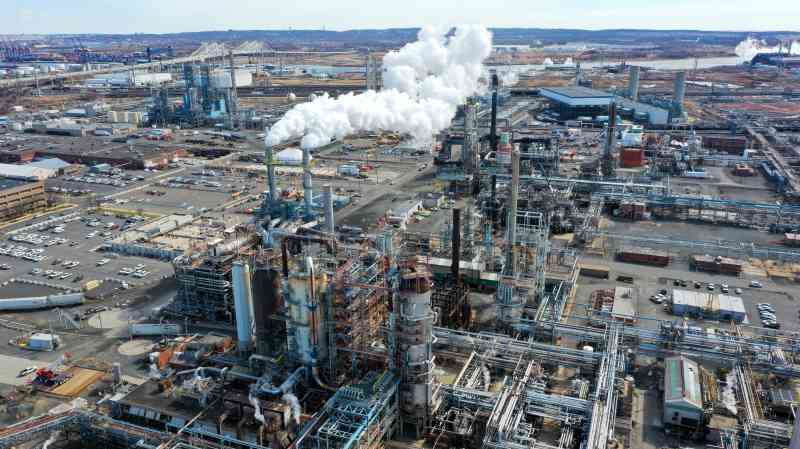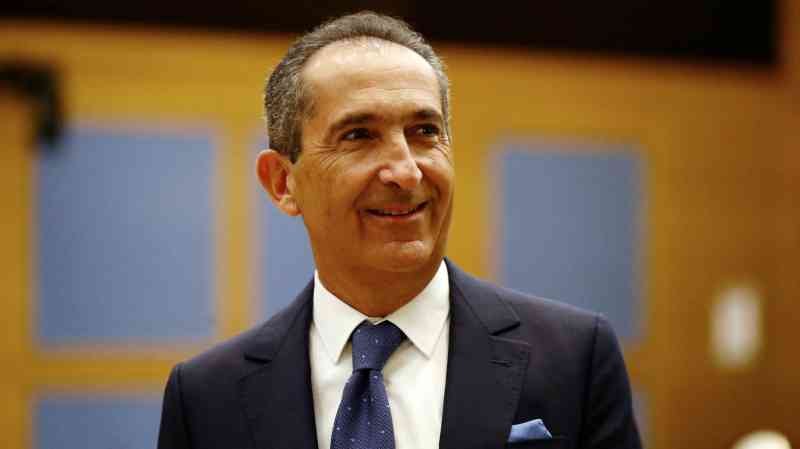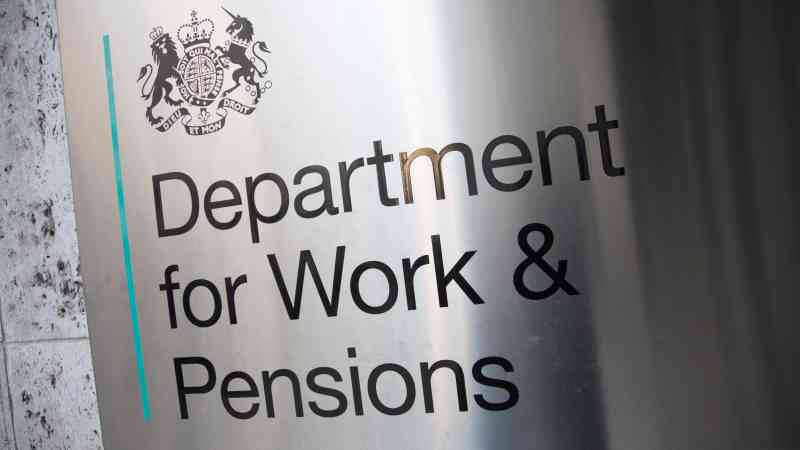Up or down? Experts are divided on where oil prices will go next
The price of oil has been as much an impediment to the world’s recent economic health as a barometer of it. In the aftermath of the war in Ukraine and amid fears of supply shocks, soaring prices were a key driver of inflation, pushing up costs for businesses that have fed through to price rises in goods and services ranging from shampoo to airline tickets. Household energy bills were propelled to record levels.
Recent oil price falls have provided some respite, but the decline in Brent crude, the international benchmark, to below $80 a barrel for the first time since February is also an indication that confidence is shaky. Analysts are split on where the oil price will go next.
The weakening oil price was triggered by the unwinding of supply cuts by the powerful Opec+ group, which set out a path for some of its members to unravel from October some of the voluntary production curbs it had put in place at the end of 2022. The group of oil-producing nations, led by Saudi Arabia and Russia, has sought to prop up prices in the face of uncertain demand.
The cuts, which have totalled 5.86 million barrels a day, or about 5.7 per cent of global demand, have played an important role in putting a floor under oil prices. While the reduction in most of that capacity has been extended until the end of next year, traders focused more heavily on the unwinding of 2.2 million barrels later in 2024.
Brent crude one-month futures fell to below $77 a barrel, lower than the $80 level that many Opec members such as Saudi Arabia need to balance their budgets. As recently as April, Brent crude had been priced above $90 as a potential escalation of tensions in the Middle East sent tremors through the market.
Goldman Sachs, the American investment bank, has forecast a price of between $75 and $90 a barrel over the medium term, but has said, too, that risks are “skewed to the downside” because of the Opec+ plans partially to reverse supply cuts. Rystad Energy, the oil industry consultancy, thinks that Brent crude will remain at $77 a barrel during the third quarter before rising to $83 over the final three months of the year.
“Stocks currently are very well supported,” Janiv Shah, an analyst at Rystad Energy, said. “Until we reach a point where this metric reverses, we’ll probably see some pressure on prices.”
Others view the response to the Opec+ cuts as an overreaction. “By our reckoning, the market actually needs them to reverse some of those cuts,” David Fyfe, chief economist at Argus Media, another oil industry consultancy, said. Without the extra 2.2 million barrels, the market “would be very tight indeed”, amid signs of a recovery in consumption in America and China. He noted, too, that the cartel had the option to reverse its decision to loosen the production curbs, depending on market conditions.
In China, the world’s biggest importer of crude oil, refineries have slowed their run-rates as the demand for petrochemical products, such as diesel, has softened. “Product weakness has been partially because of the weak real estate sector [and] construction activity,” Shah said.
Argus estimates that Chinese demand rose by only 200,000 barrels a day in the first four months of the year, based on refinery activity and net trade figures, but it is forecasting growth of between 500,000 and 600,000 barrels a day for the year.
Meanwhile, the American summer driving season, when petrol consumption is about 400,000 barrels a day higher than during spring and autumn, according to some estimates, will be key to gauging crude oil demand and the outlook for prices.
The market should “adjust gradually” to the unwinding of supply cuts, Fyfe said, which could push oil above $85 a barrel later in the year, but if stronger American or Chinese demand failed to materialise, that prediction could be thwarted.
The move by Opec+ to unfurl some of its production cuts has been interpreted by some as an indication that its ability to smooth out oil supply and demand imbalances has been compromised by the growth in non-cartel sources, primarily shale production in the United States. Opec members’ share of the oil market shrank to 26 per cent during the second quarter, according to estimates from Argus, below a level of about 30 per cent that the cartel has become used to.
Last month the International Energy Agency forecast that world oil supply would increase by 580,000 barrels a day this year to a record 102.7 million daily barrels as non-Opec+ output rises by 1.4 million barrels a day, offsetting an Opec+ production fall of 840,000 barrels a day, which assumed that voluntary cuts were maintained. The watchdog also reduced its forecast for daily demand, in contrast with a more optimistic projection from Opec.
“The shale Mark I business model was to go for growth,” Fyfe said. “There was the Klondike phase of US shale production, which was to chase volumetric growth.” However, consolidation within the American shale industry, which has surged to $200 billion in the past year, had instilled more discipline, he said: not only was there more competition from other commodities such as natural gas for capital, but also shareholders were demanding that more cash be returned rather than being spent on increasing production. That should mean prices are also a more important consideration.




Post Comment